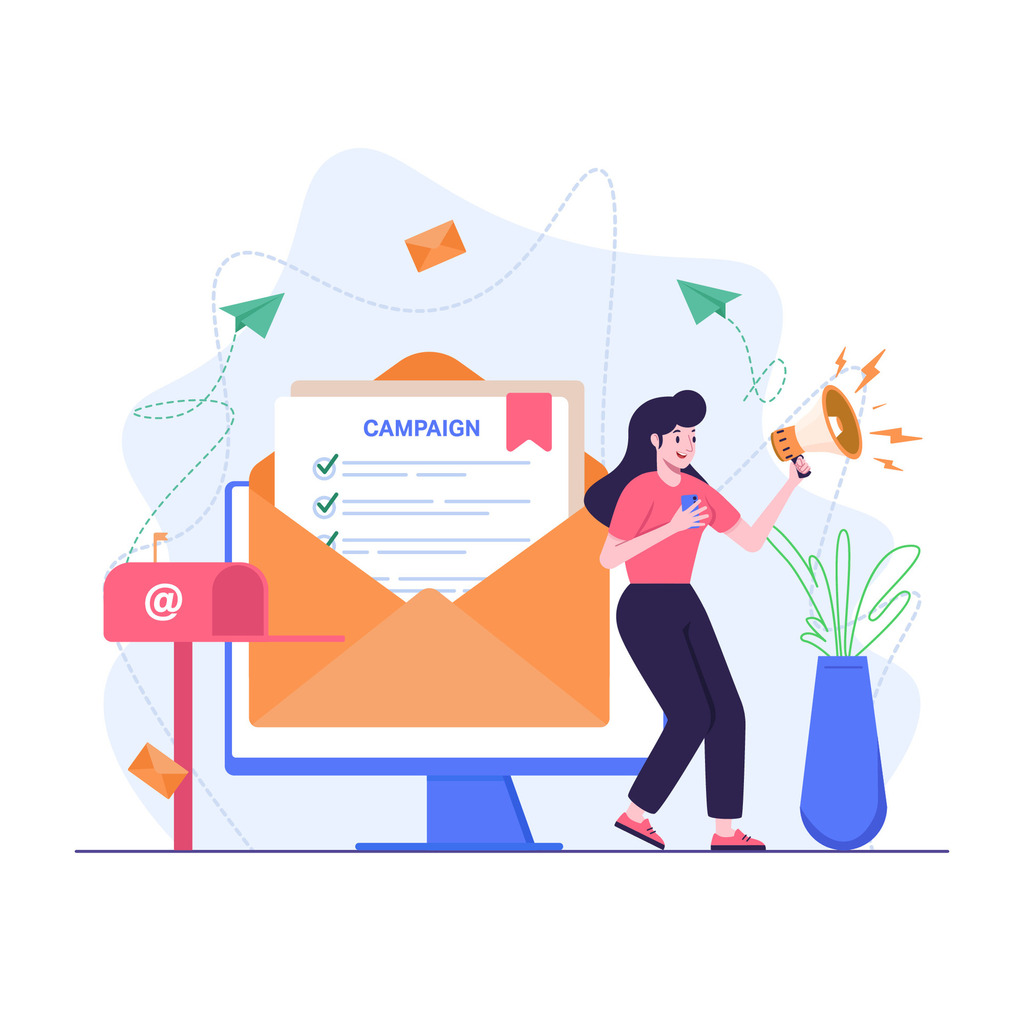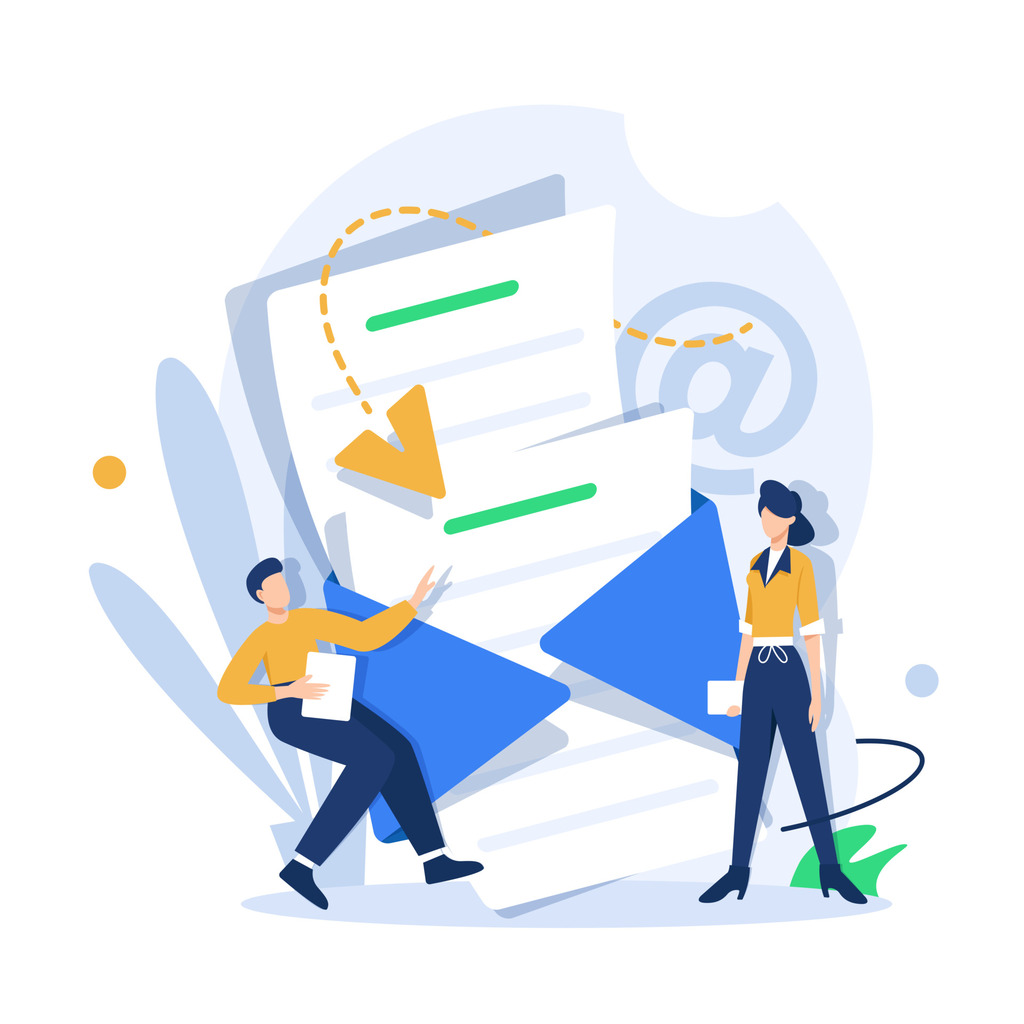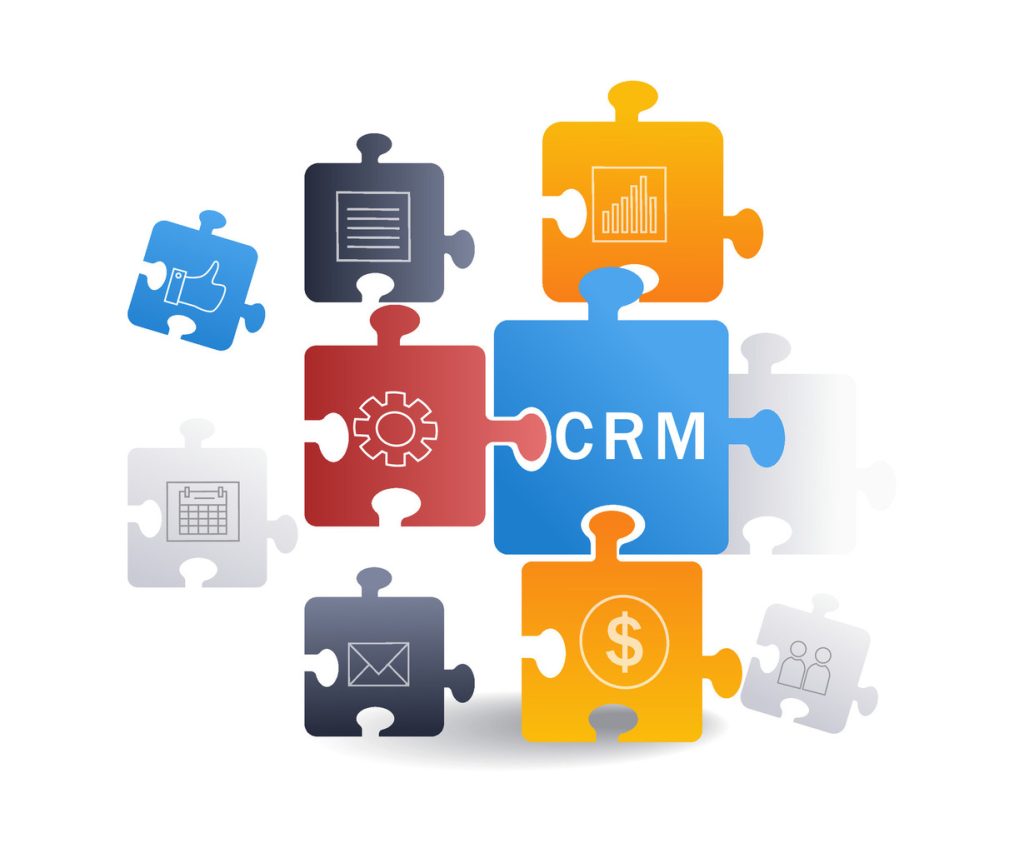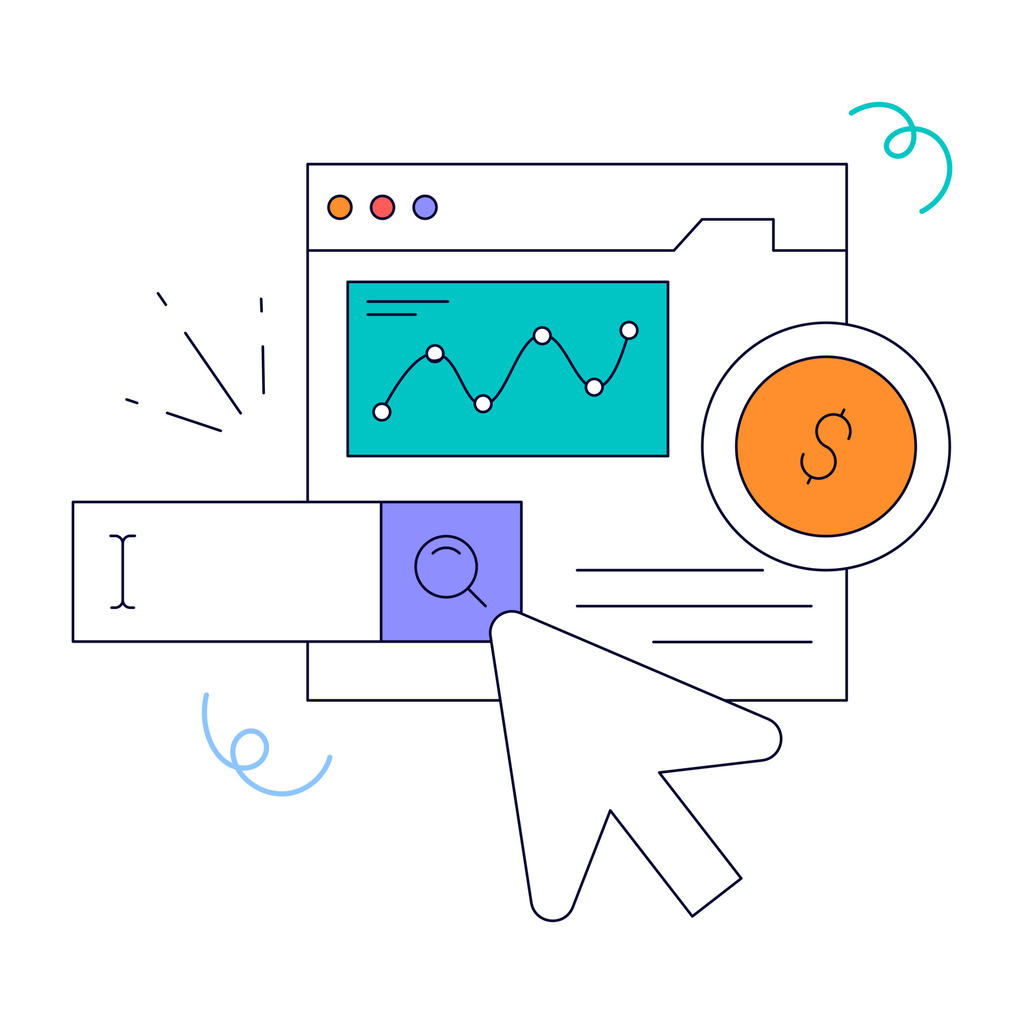Drip Campaigns And Sequences: Best Practices for Success

Email marketing remains a cornerstone for businesses aiming to guide people through complex buying journeys, especially when following industry best practices. Traditional methods often demand excessive manual effort, but automated email sequences solve this challenge by delivering targeted messages at strategic moments. These systems activate when users complete specific actions, ensuring timely communication that aligns with individual needs.
However, many organizations struggle to create content that resonates. Poorly timed messages or generic templates frequently end up ignored, damaging campaign performance and brand credibility. The solution lies in trigger-based strategies that respond to customer behavior, maintaining relevance throughout the engagement process.
Effective automation requires balancing efficiency with personalization. Marketers need systems that adapt to diverse audience segments while maintaining consistent brand messaging. When executed well, these approaches boost open rates, engagement, and conversion by keeping prospects interested until they’re ready to act.
Success hinges on understanding how to structure content sequences. Each email must build on the previous one, guiding recipients toward clear objectives. This method transforms casual interest into measurable outcomes, from lead nurturing to repeat purchases.
Key Takeaways
- Automated email systems reduce manual workload while improving audience targeting
- Behavior-triggered messages achieve higher engagement than generic blasts
- Strategic content sequencing guides prospects through conversion funnels
- Personalized automation strengthens brand loyalty and customer retention
- Campaign success requires alignment between timing, content, and user intent
Understanding Drip Campaigns And Sequences
Modern businesses rely on automated messaging to deliver timely, relevant content without constant manual oversight. These systems activate when prospects complete actions like signing up for newsletters or browsing specific products. By responding instantly to user behavior, companies maintain engagement while reducing resource strain.
Pre-built email series guide recipients through logical progressions. Each message connects to previous interactions, creating a cohesive narrative that builds trust and strengthens campaign performance.
Core components include:
- Action-based triggers that personalize content delivery
- Segmented audience groups for targeted messaging
- Performance tracking to refine timing and content
Organizations leveraging ClearCRM automation often achieve higher retention rates. Automated workflows track customer interactions, adjusting messages based on real-time data. This dynamic approach keeps communication aligned with evolving needs.
Metrics like open rates and click-through patterns reveal opportunities to optimize content sequencing. Regular adjustments ensure messages remain impactful as audience preferences shift.
The Power of Drip Campaigns in Email Marketing

Indeed, timely and relevant communication drives modern marketing success because it aligns with best practices for customer engagement.
Moreover, automated email systems outperform single-message blasts by delivering information in digestible stages, which is another example of best practices in action.
As a result, this approach maintains recipient focus while respecting decision-making timelines, demonstrating why best practices are essential for sustained success.
Strategic scheduling ensures messages arrive when prospects are most receptive. Open rates improve by 27% when content aligns with user activity patterns. Behavioral triggers adapt delivery based on actions like website visits or content downloads.
Key advantages include:
- Higher response rates from spaced, targeted emails versus overwhelming data dumps
- Strengthened brand trust through consistent value-driven touchpoints
- Scalable lead nurturing that maintains personalization across large audiences
Companies using sequenced messaging report 34% faster conversions. Each email builds on previous interactions, gradually addressing concerns and reinforcing solutions. Educational content replaces hard sells, fostering informed purchasing decisions.
Automation tools enable precise audience segmentation without manual effort. Marketing teams track engagement metrics to refine timing and messaging. This continuous optimization cycle sustains relevance as customer needs evolve.
Well-designed systems create lasting brand recognition. Recipients develop familiarity through coordinated communication patterns, increasing repeat business potential. The method proves particularly effective for complex sales cycles requiring multiple decision-making stages.
Setting Clear Goals for Your Email Sequences Using Best Practices
Without defined targets, even the best content falls flat. Successful email strategies start by asking: “What measurable outcome will drive business growth?” Whether aiming to nurture leads or retain customers, clarity in objectives shapes every aspect of automated messaging.
Marketers should prioritize goals that align with specific stages of the customer journey. For high-value products, non-transactional aims often yield better results. Examples include:
- Educating existing clients about advanced product features
- Simplifying complex concepts for hesitant prospects
- Qualifying leads through targeted value demonstrations
ROI increases by 41% when sequences focus on precise actions rather than generic engagement. A campaign targeting sales conversions might use urgency-driven language, while educational sequences adopt consultative tones. Businesses using strategic marketing platforms often streamline this alignment between goals and execution.
“Measure what matters – open rates mean little if emails don’t guide recipients toward meaningful interactions.”
Conversion metrics should reflect both immediate wins and long-term relationship building. For service-based industries, success might mean scheduling consultations rather than closing deals. Regular performance reviews ensure goals adapt to evolving customer needs and market conditions.
Clear objectives prevent message drift across emails. Each communication becomes a stepping stone toward defined business outcomes, whether driving quick sales or establishing thought leadership. This focus transforms automated sequences into precision tools for sustainable growth.
Planning Your Automated Email Sequence Using Best Practices

First impressions in digital communication shape subscriber relationships. Strategic sequence design focuses on two pillars: initial engagement optimization and path alignment with customer needs. This approach converts casual interactions into structured conversion pathways.
Crafting a Personalized Welcome Email
The first message new contacts receive carries disproportionate weight. Welcome emails achieving 72% higher open rates than standard broadcasts share three traits:
- Sent within 15 minutes of sign-up to leverage immediate interest
- Clear preview of future content value through specific examples
- Dynamic personalization referencing sign-up sources or preferences
“Subscribers who engage with welcome messages show 53% higher lifetime value than those who don’t.”
Free trial users particularly benefit from sequenced onboarding. A three-email series explaining core features over seven days increases conversion rates by 41% compared to single messages.
Mapping the Customer Journey Using Best Practices
Effective automation requires understanding typical progression patterns. Journey analysis identifies three critical phases:
- Awareness Stage: Educational content addressing common pain points
- Evaluation Phase: Comparative guides helping users assess options
- Decision Point: Tailored incentives encouraging final action
Brands using interaction-triggered messaging reduce customer acquisition costs by 29%. Real-time adjustments keep content relevant as user priorities evolve. For complex products, weekly check-in emails decrease support inquiries by 18% while boosting satisfaction scores.
Key Elements of a Successful Drip Campaign Based on Best Practices

Effective communication design separates impactful email strategies from generic outreach efforts. The initial interaction begins with subject line optimization – concise phrases under 60 characters that spark curiosity while clearly conveying value. Personalized hooks referencing subscriber preferences boost open rates by 33% compared to generic greetings.
Content structure determines engagement longevity. Most recipients scan messages in under 10 seconds, demanding skimmable layouts. Strategic use of subheaders, bullet points, and bold keywords guides readers through key information. Research shows emails with scannable layouts receive 48% faster response times than dense text blocks.
“Every pixel should serve a purpose – from visual hierarchy to strategic white space.”
Call-to-action placement remains critical for conversions. Primary buttons should appear above the fold with contrasting colors and action-oriented verbs like “Start” or “Access.” Secondary CTAs near content conclusions maintain momentum for hesitant users.
Continuous improvement through A/B testing identifies high-performing variants. Split-test subject lines against click-through rates, or compare single-column versus multi-column layouts. Brands refining email features quarterly see 27% higher retention than static designs.
Visual identity consistency builds recognition across touchpoints. Maintain uniform fonts, color schemes, and logo placement while adapting messaging tones to subscriber segments. This balance between familiarity and relevance strengthens trust during extended nurture cycles.
Advanced personalization leverages behavioral data like past purchases or content downloads. Automated systems can suggest complementary products or highlight unused account features – tactics that increase click rates by 41%.
Compliance safeguards brand reputation. Clear unsubscribe options and privacy policy links demonstrate respect for recipient preferences while meeting legal requirements. Transparent practices reduce spam complaints by 19% compared to hidden opt-out mechanisms.
Types of Drip Campaigns and Sequences: Best Practices for Success
Businesses optimize outreach by deploying specialized email workflows tailored to distinct customer interactions. These systems address specific needs across the buyer’s journey, from initial contact to post-purchase support. Selecting the right format ensures messages deliver value while maintaining brand consistency.
Building Relationships Through Strategic Outreach Using Best Practices
Welcome emails set the tone for new subscriber relationships. High-performing versions arrive within minutes of sign-up and include:
- Personalized greetings referencing sign-up sources
- Clear overviews of upcoming content benefits
- Immediate value offers like exclusive guides
Engagement-focused sequences target user actions; therefore, following best practices ensures these efforts are effective. Additionally, messages might prompt webinar registrations or social media follows after detecting content downloads, demonstrating best practices in personalized outreach.
Finally, re-engagement efforts revive inactive subscribers through preference surveys or limited-time incentives, which aligns with best practices for maintaining audience interest.
Best practices convert opportunities into sales. Therefore, success follows.
Cart abandonment workflows recover 63% of potentially lost revenue. Effective versions combine urgency with support:
- Reminder emails sent within 2 hours of exit
- Personalized product images with direct checkout links
- Live chat invitations to resolve purchase barriers
“Customers receiving post-purchase follow-ups spend 27% more on repeat orders.”
After-sale sequences strengthen loyalty through usage tutorials and review requests. Cross-sell recommendations based on purchase history boost average order values by 19%.
Optimizing Open Rates and Click-Through Rates

Maximizing email impact requires precision in both messaging and measurement. Strategic testing combined with data-driven adjustments transforms underperforming workflows into conversion engines. Focus on three core metrics: opens, clicks, and unsubscribes.
Testing Subject Lines and Calls-to-Action
Subject lines under 60 characters see 33% higher open rates. Test urgency phrases like “24-hour access” against curiosity-driven hooks like “3 secrets to…”. Personalization tokens boost relevance – emails using first names see 18% more clicks.
Place primary CTAs above the fold with action verbs like “Claim” or “Start”. Secondary buttons near content conclusions maintain engagement. Contrasting colors increase visibility by 41%.
Analyzing Metrics for Continuous Improvement
Open rates below 20% signal ineffective subject lines or poor timing. Click rates under 2.5% indicate mismatched content or weak CTAs. Spikes in unsubscribe rates above 0.5% per email demand immediate content audits.
Track weekly performance trends using A/B testing tools. Prioritize adjustments delivering compound improvements – even 1% monthly gains yield 12% annual growth. Focus on metrics directly tied to revenue, like demo requests or purchases.

